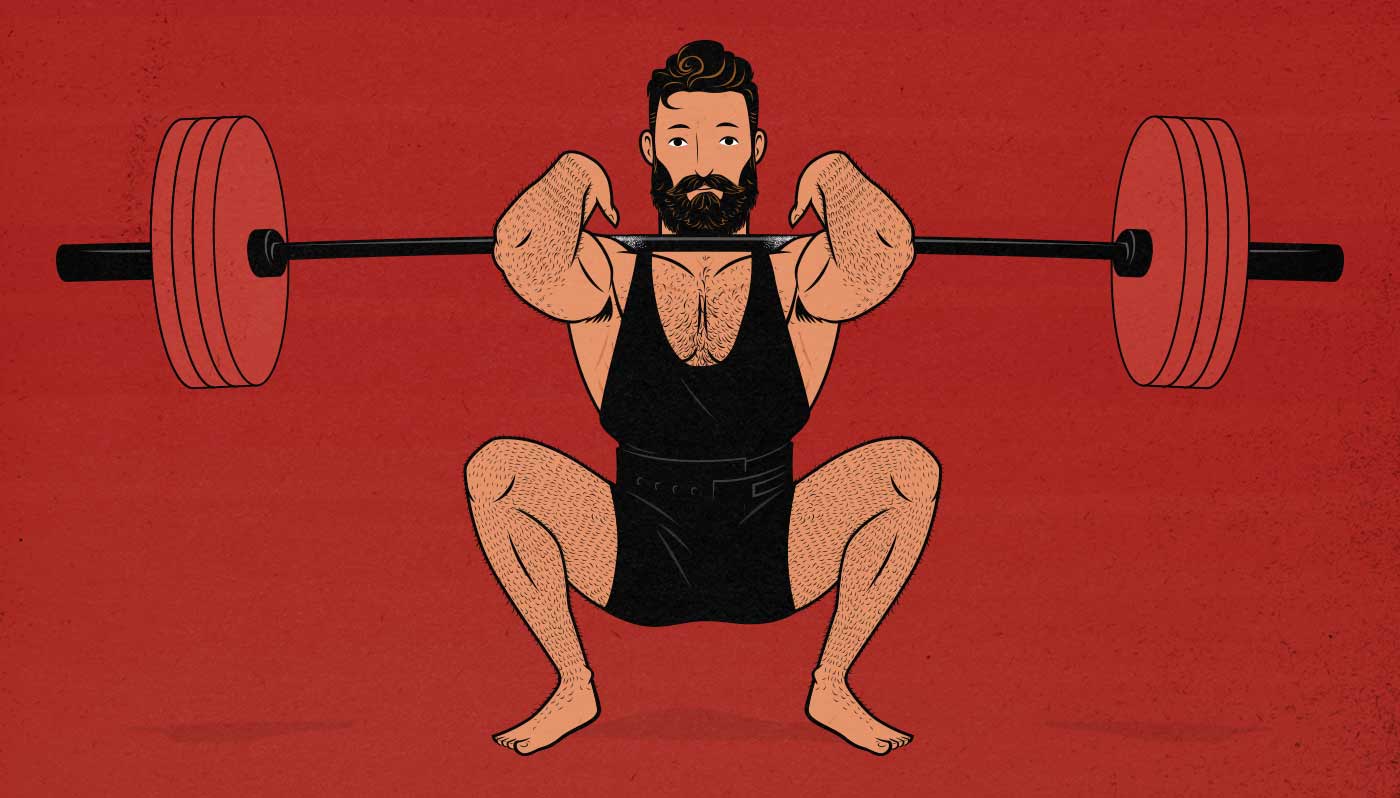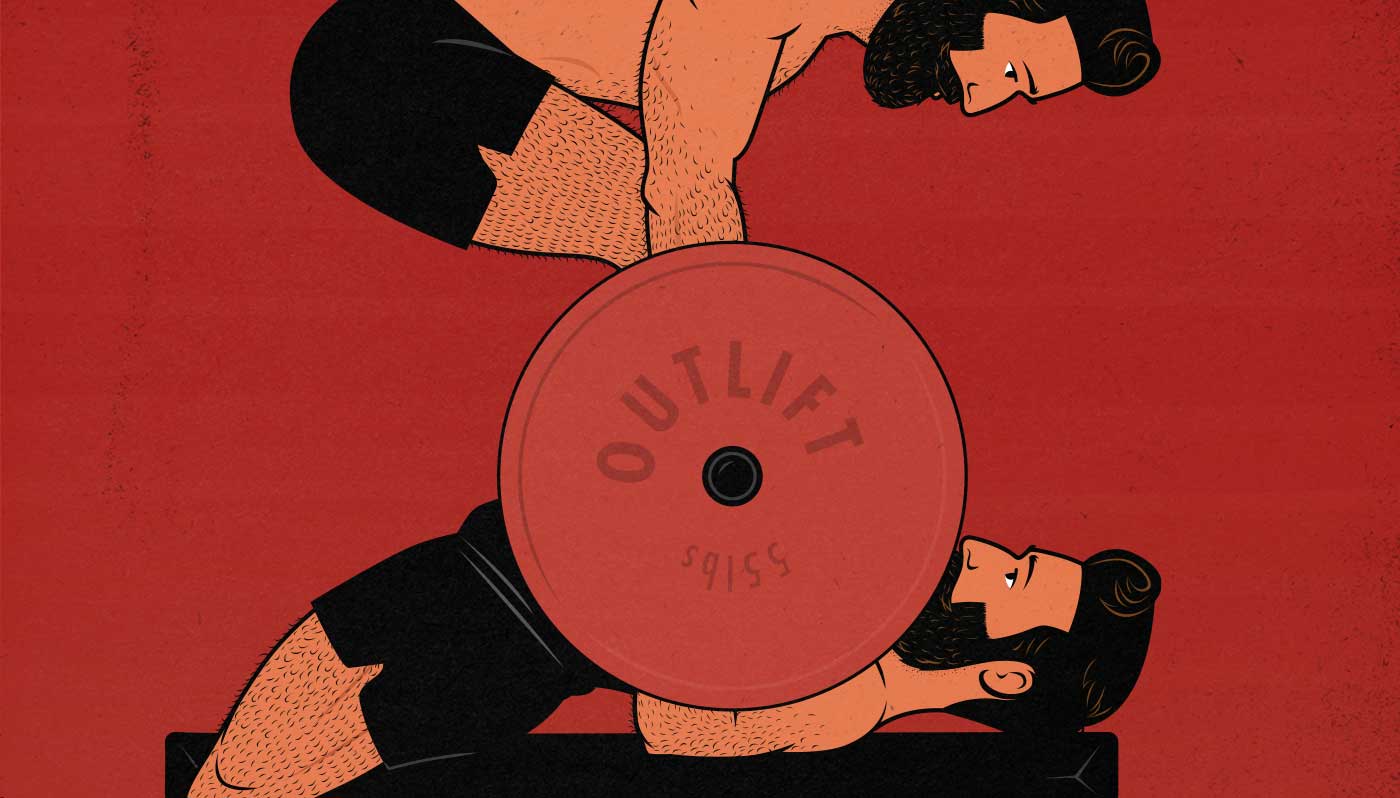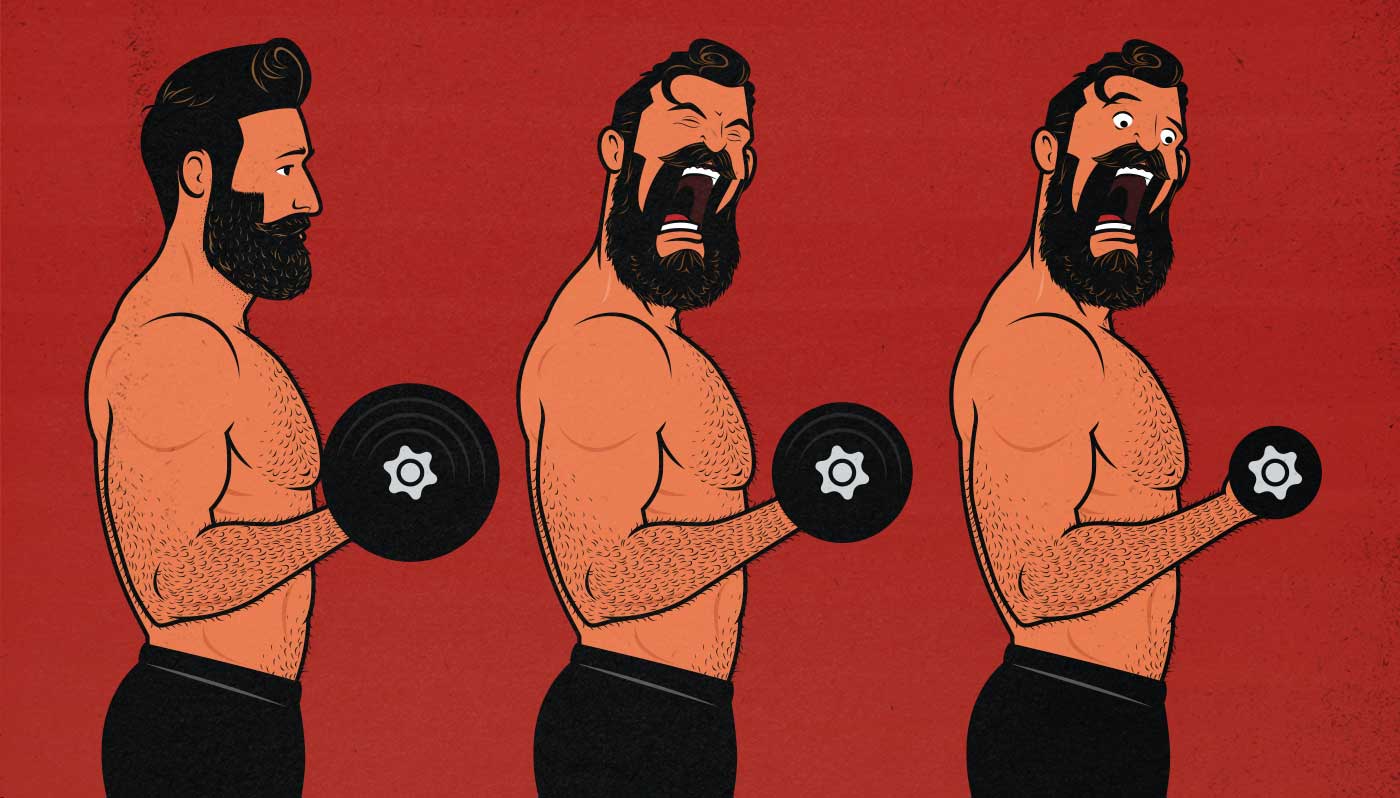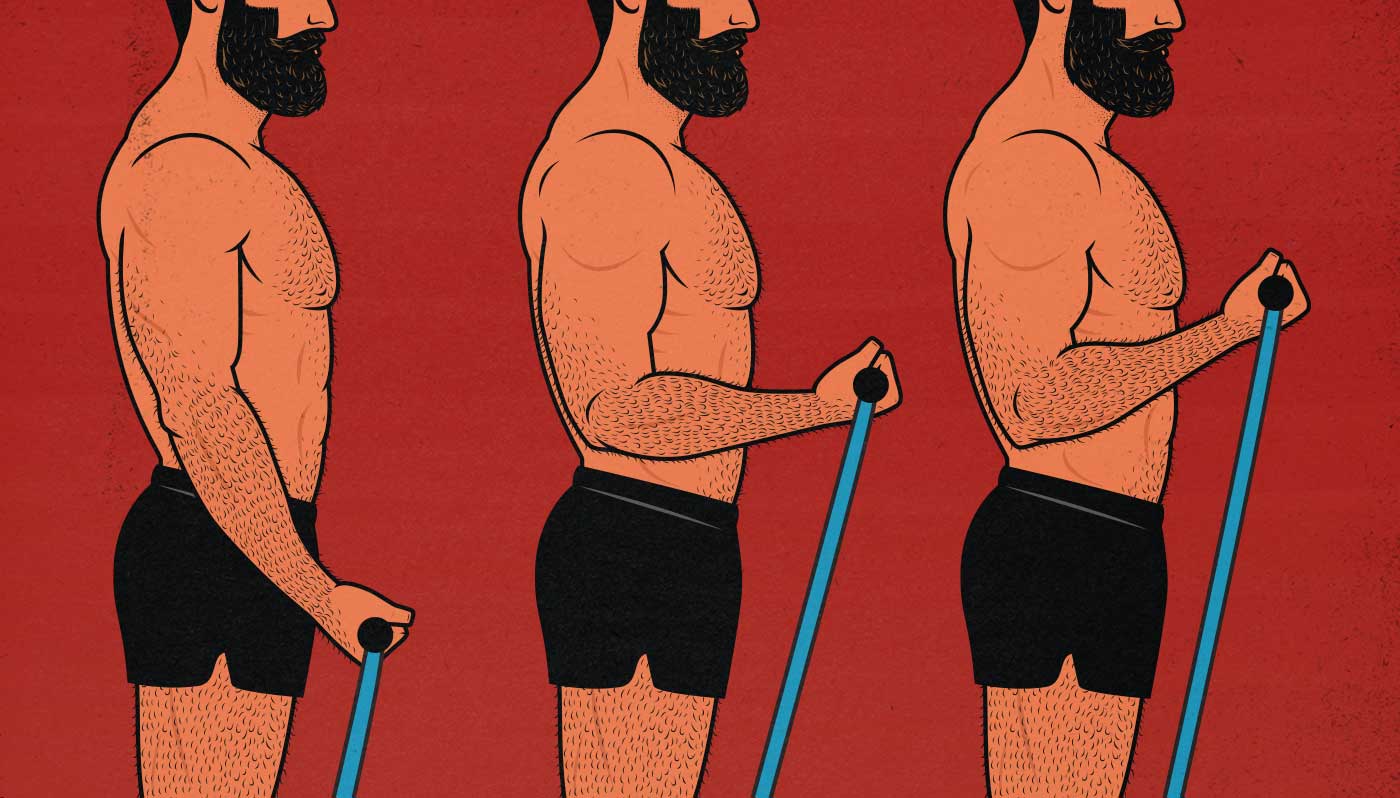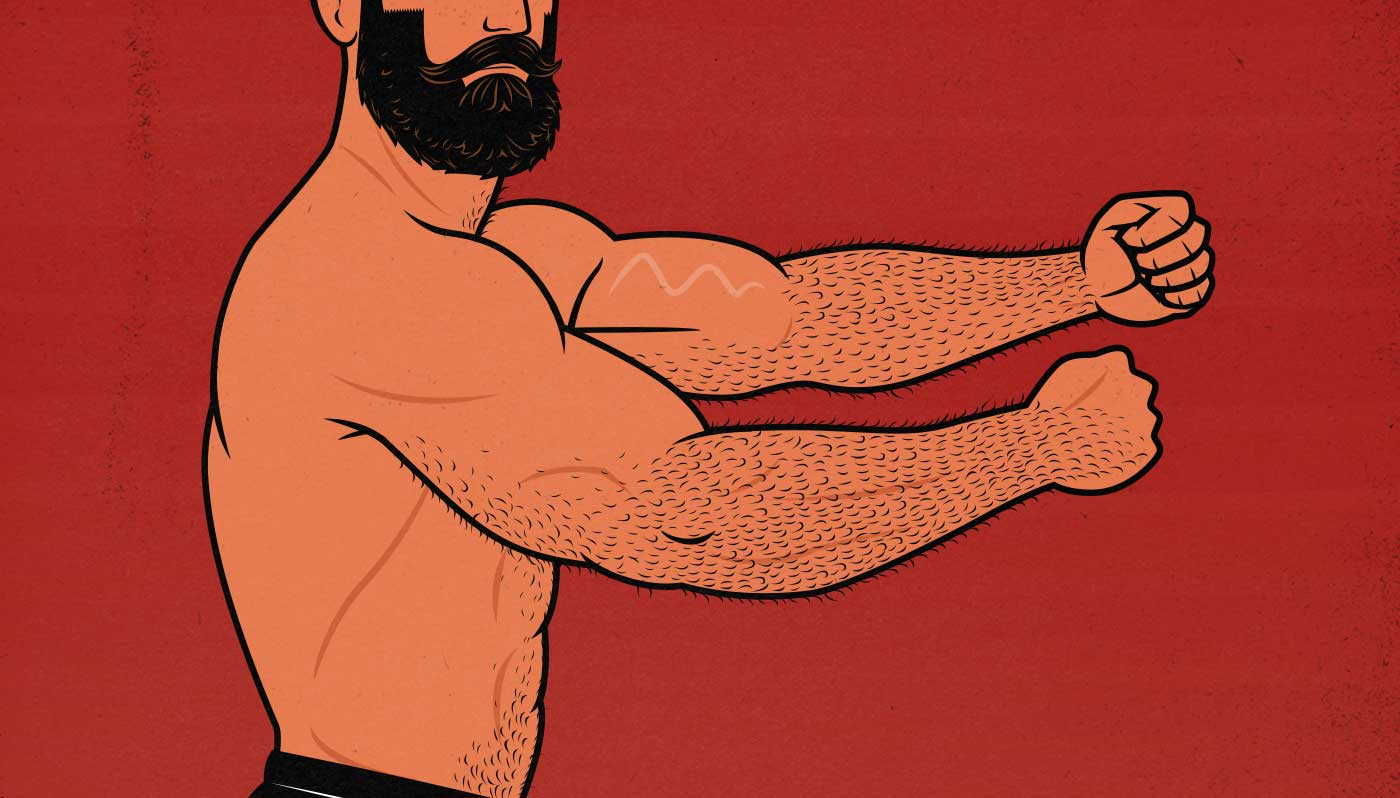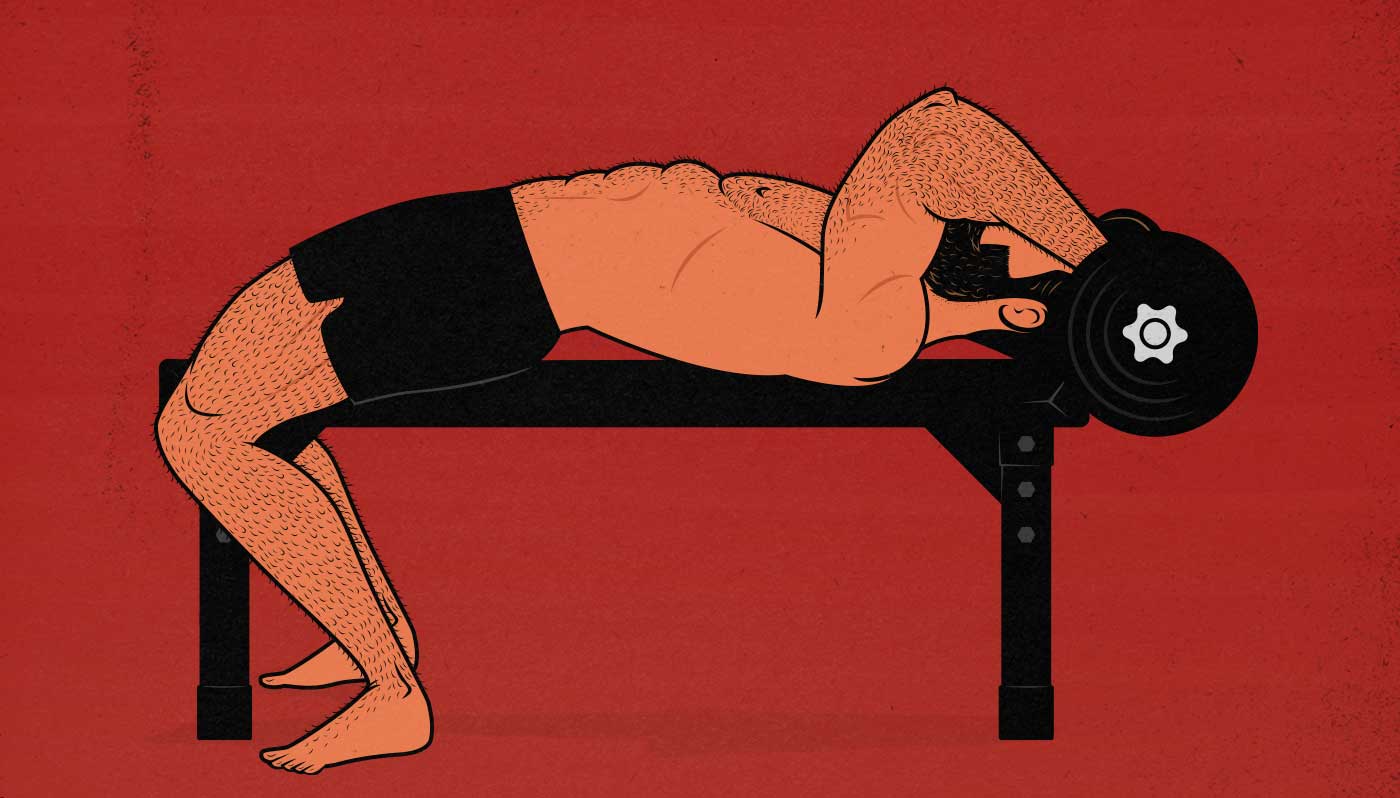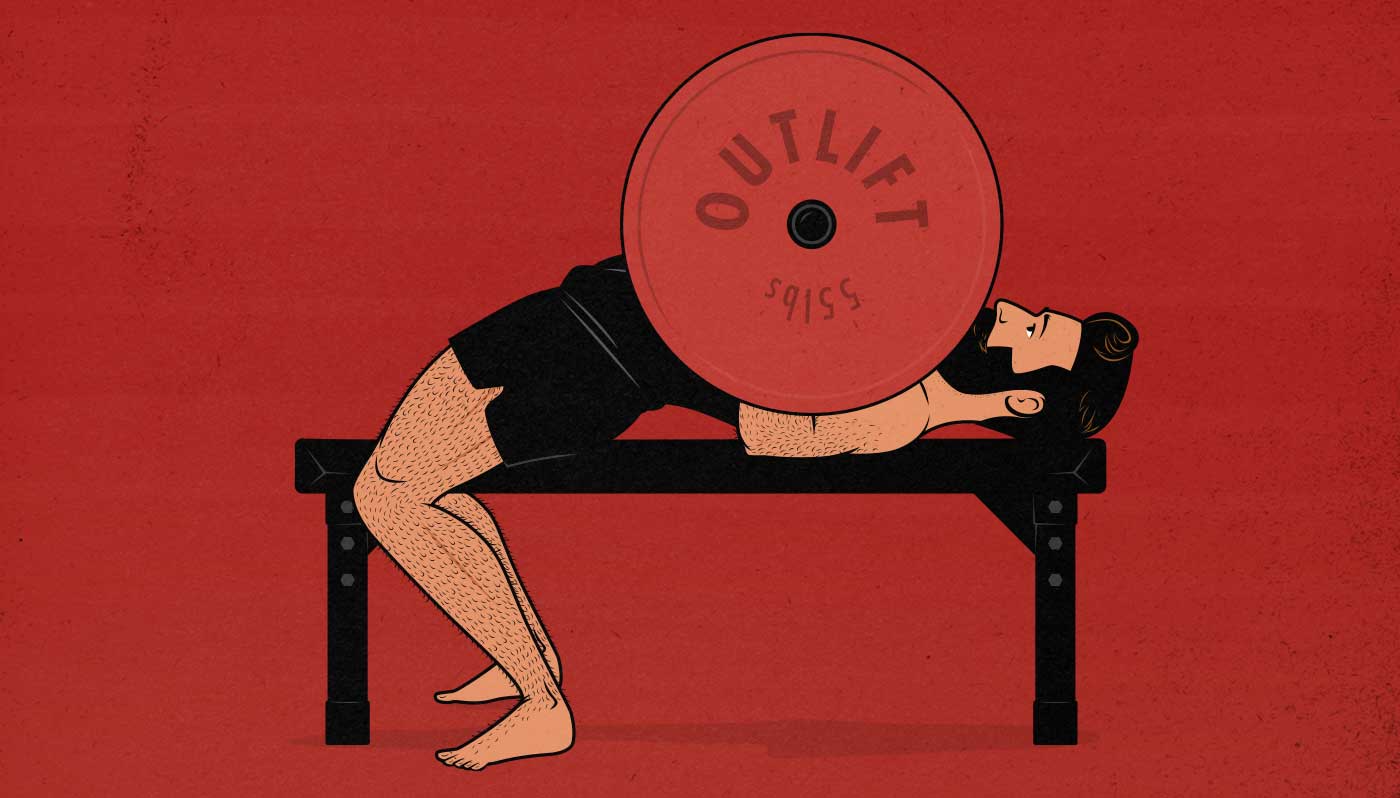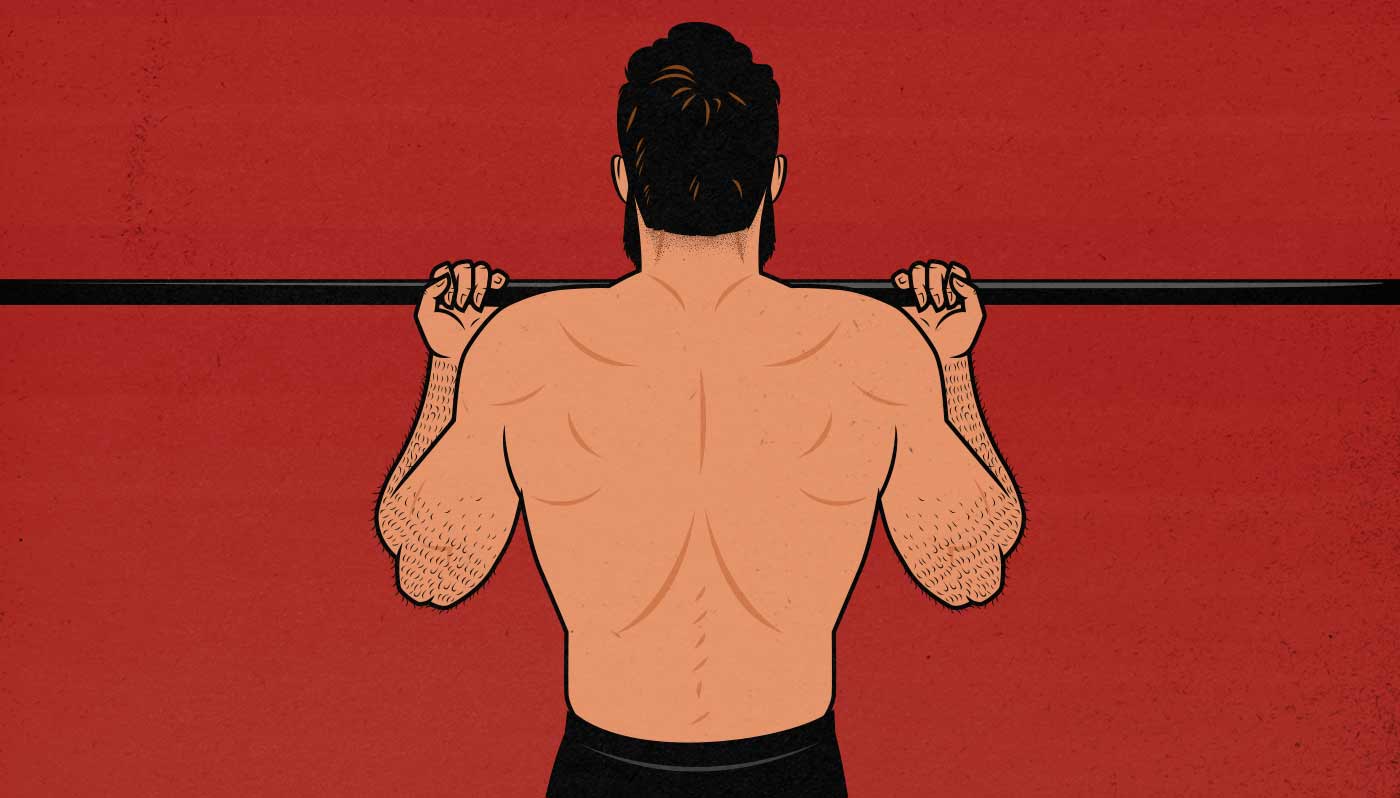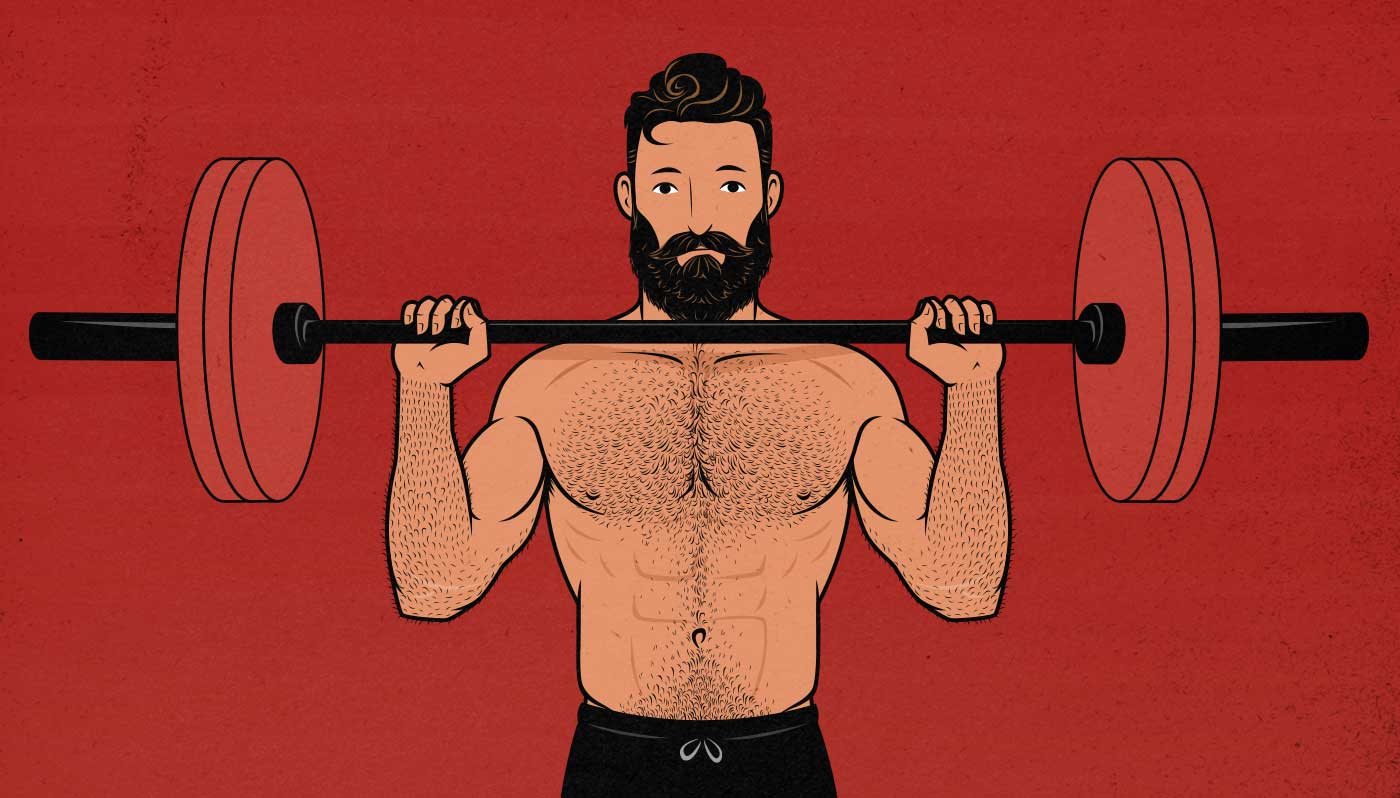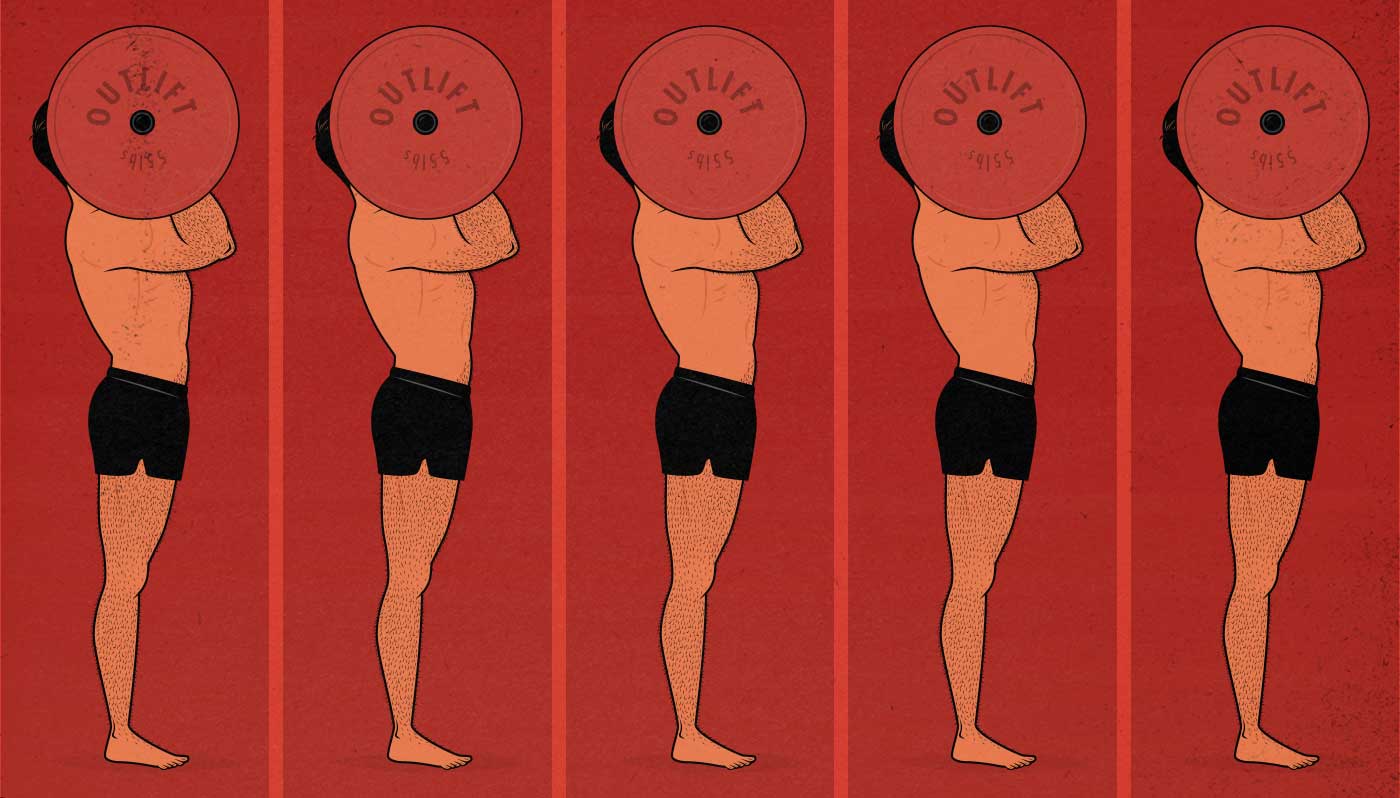Articles
The Barbell Front Squat Guide (for Building Muscle)
The barbell squat is the strength training lift. It’s the best lift for bulking up your quads, glutes, and calves, and it stimulates more overall muscle mass than any other lift, with the possible exception of the deadlift.
There are different ways of squatting, each with different pros and cons. This article has nothing to do with powerlifting or Olympic weightlifting. Instead, we’re using the squat to stimulate muscle growth—to get bigger, stronger, fitter, and better looking. For this, the barbell front squat is the best. That’s a controversial claim, we know. But we’ll show you why, then how.
Delve into the detailsHow to Do Supersets
Building your workout routine out of supersets is one of the best ways to build more muscle in less time. Not because there’s anything magical about them—although there might be—but because they make our workouts so much denser and more efficient. And there’s no real trade-off, either. You’ll still gain the same amount of strength, still get similar cardiovascular benefits.
Thing is, most people do supersets incorrectly. They rest too little between their sets, which is fine for general fitness, but it reduces the amount of muscle mass and strength they gain. Or they superset the wrong exercises together, limiting the amount of weight they can lift, and turning them into a less effective form of drop sets. So if you want to keep your workouts focused on building muscle, there’s a specific way to do them.
So, what are supersets? What’s the best way to do them? And how can you cut the length of your workouts in half while still gaining the same amount of muscle size and strength?
Delve into the detailsHow to Do Drop Sets
Drop sets are a traditional bodybuilding technique where you do a set, grab a lighter weight, and immediately do another set. Bodybuilders have been using them for the past 80 years as a fast way to blast a muscle with extra sets, and they’ve fared quite well in the research. If you use them cleverly, they can indeed help you build more muscle in less time.
So, what are drop sets? How do you do them? And how can you use them to build more muscle?
Delve into the detailsReview of the X3 Bar by Dr John Jaquish: Is It Good for Building Muscle?
Dr John Jaquish is quickly becoming known for making extravagant claims about the benefits of training with his resistance band system, the X3 Bar. According to him, the product that he developed is the very best way to build muscle—three times better than traditional weight lifting. And not only that, it’s cheap, safe, and can be done from the comfort of your very own home.
But is any of that true? Are resistance bands an effective way to stimulate muscle growth? Is the X3 Bar better than the other types of resistance bands? And how does it compare to traditional weight lifting for building muscle? Can it really compete? Does it really offer any advantages?
So, is the X3 Bar good for building muscle? Let’s take a look.
Delve into the detailsHow to Build Bigger Triceps
There’s an old bodybuilding adage that your biceps are responsible for 33% of your arm size, your triceps for 67%. And, believe it or not, if we look at studies (like this one) measuring muscle size, we see that the average man’s triceps are indeed twice as big as his biceps. Building bigger triceps is indeed the best way to build bigger arms.
There’s an old strength training adage, though, telling us that all we need to build bigger triceps is to get stronger at the bench press and overhead press. That’s not the case, and perhaps that’s why most people’s triceps lag behind their biceps. They don’t train them directly enough, hard enough, or often enough.
So, what’s the best way to build bigger triceps?
Delve into the detailsThe Skull Crushers Hypertrophy Guide
Skull crushers are one of the best exercises for building bigger triceps, and they’re quite good for increasing bench press strength. They also tend to be fairly easy on the elbows compared to overhead triceps extensions. As a result, they’re popular in both bodybuilding and powerlifting routines.
In this article, we’ll teach you how to do skull crushers, how to add them to your workout routine, how often to do them, how many sets to do, and how many repetitions to do per set.
Delve into the detailsThe Bench Press Hypertrophy Guide
The bench press is the best lift for building a powerful chest. It’s also great for bulking up your triceps and the fronts of your shoulders, making it a great overall lift for improving your aesthetics.
The bench press is one of our Big 5 bulking lifts, and in this article, we’re going to go over the best strategies for integrating it into your bulking routine. This article has nothing to do with powerlifting or even powerbuilding, just with using the bench press to becoming bigger, stronger, and better looking.
Delve into the detailsThe Chin-Up Hypertrophy Guide
Chin-ups are a great lift for your upper back, abs, and grip strength. They’re even a great lift great for improving your cardiovascular fitness. What they’re most famous for, though, is building absolutely killer biceps.
In fact, the only other lift that’s as good for bulking up our biceps is the biceps curl. But given that curls are a smaller single-joint movement, they’re better thought of as an assistance lift to the chin-up anyway.
The chin-up is one of our Big 5 bulking lifts, and in this article we’re going to go over the best strategies for integrating it into your bulking routine, getting the most muscle mass and strength out of it as possible.
In this article, we’ll cover:
- How to bulk up your arms, back, and abs with the chin-up.
- Whether you should use a neutral grip, overhand grip, or underhand grip as your main chin-up variation.
- How to assess your weaknesses and then fix them.
- The best assistance lifts for improving your chin-up strength.
- How to use accessory lifts, such as biceps curls and rows.
The Overhead Press Hypertrophy Guide
The overhead press (often referred to as the military press) is the best lift for bulking up our shoulders. It’s also fantastic for our upper traps, upper chest, triceps, posture, and even our abs, making it one of the best lifts for building a bigger shoulder girdle, developing general strength, and improving our aesthetics. And, of course, as you may have already guessed, pressing is the opposite of depressing. As a result, we consider it one of the five main muscle-building lifts.
In this article, we’ll go over how to program the overhead press into your workout routine, how to min-max your technique for even more muscle growth, and how to choose the best assistance and accessory lifts.
Delve into the detailsHigh-Frequency Training: Should You Train Your Muscles Every Day?
A common question we get is whether we can train our muscles every day. And yes, that’s okay. There’s even a name for it: high-frequency training. The idea is that by training our muscles more often, we can keep them growing steadily all week long, speeding up our muscle growth.
The next question, though, is whether we should train our muscles every day. Does it offer any advantages? Are there any disadvantages we should consider? And that’s where things get more tricky.
There’s a reason why most workout programs that have stood the test of time recommend training our muscles just 2–3 times per week. But it’s also true that high-frequency training has some genuine advantages.
So, should you train your muscles every day?
Delve into the details
